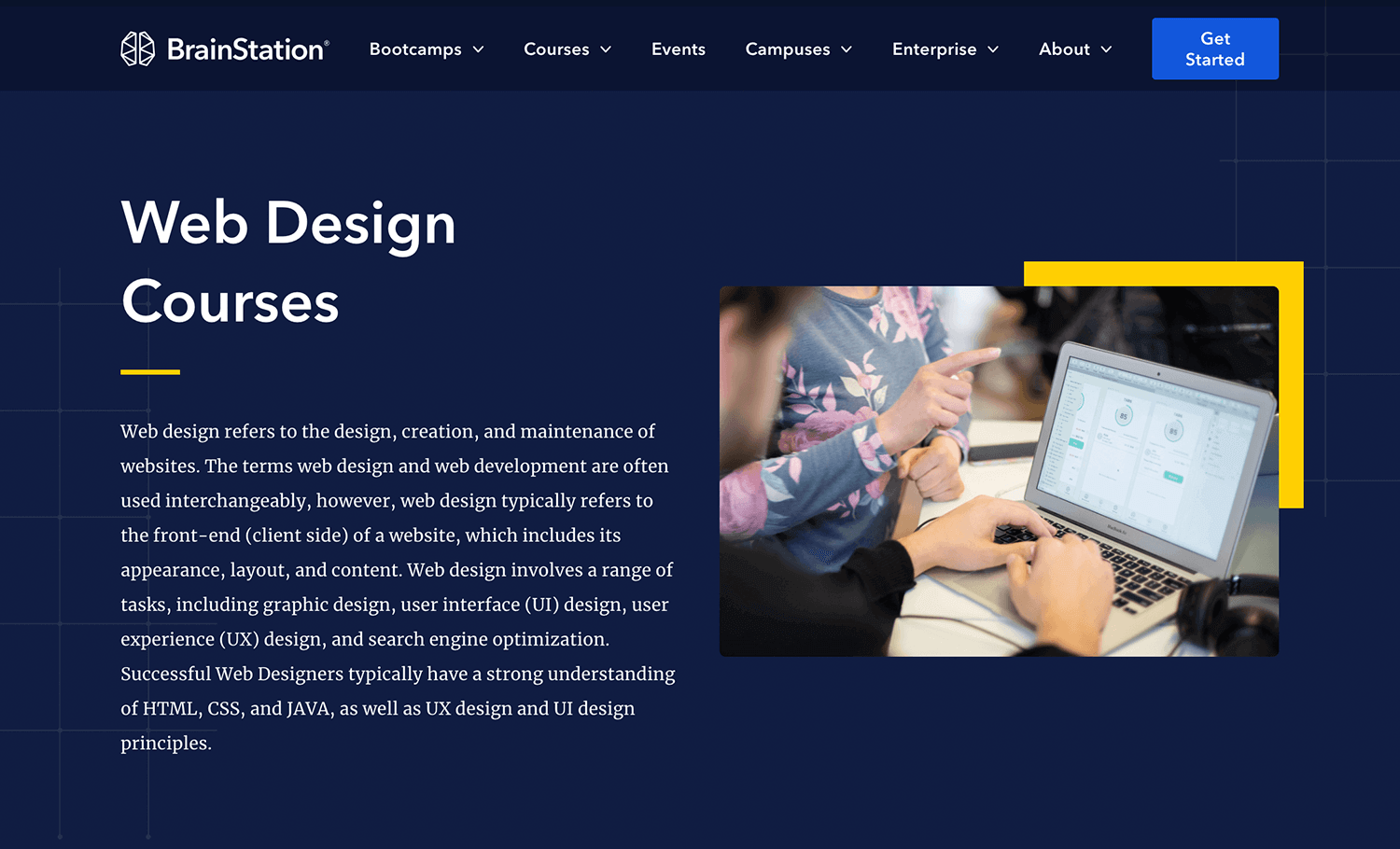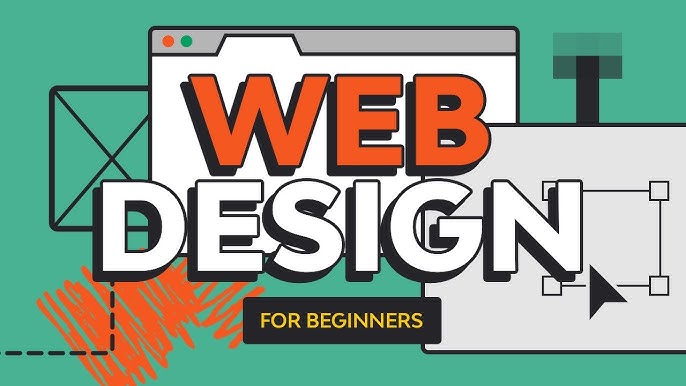The Most Effective Sorts Of Web Style to Improve Customer Experience and Interaction
In the ever-evolving landscape of electronic interaction, the effectiveness of website design significantly influences user experience and involvement. Various design approaches, such as minimalist, receptive, and interactive layouts, each deal one-of-a-kind advantages that can accommodate varied user requirements. Comprehending which kinds of website design best serve these objectives can be crucial for services aiming to improve customer contentment and retention. However, the concern stays: which design aspects absolutely reverberate with individuals and foster purposeful involvement? The expedition of these principles exposes important insights that may redefine your method to website design.
Minimal Web Layout
As electronic landscapes become significantly messy, minimalist website design has actually become an effective strategy to enhancing user experience. This design approach focuses on simpleness, concentrating on essential aspects while getting rid of unnecessary interruptions. By using enough white room, simple navigation, and a minimal color scheme, minimalist style fosters quality and directs user focus to essential web content.
The core principle of minimalist website design is to produce a seamless interaction for users. By reducing cognitive tons, users can quickly realize information without really feeling bewildered. This direct strategy not just improves usability yet additionally motivates interaction, as visitors are a lot more most likely to check out a site that is visually attractive and simple to browse.
Furthermore, minimal design often stresses typography and images, using these elements strategically to share messages efficiently. This focus on crucial parts can boost brand name identification and develop a memorable user experience. In significance, minimal Web design is not simply a pattern; it is a thoughtful technique that recognizes the value of user-centered design. By removing supplementary elements, developers can create a more appealing, reliable, and satisfying Web experience for all individuals.
Responsive Web Design
In today's varied digital environment, receptive website design has become essential for creating a smooth customer experience throughout a wide range of devices. As users accessibility websites on smart devices, laptops, desktop computers, and tablet computers, the ability of a website to adjust its format and web content to different display sizes and resolutions is crucial.
Receptive website design utilizes versatile grids, pictures, and CSS media queries to make certain that Web material is presented efficiently, no matter the tool used. This method not only boosts the visual appeal of a website yet likewise significantly enhances use. Individuals are extra likely to involve with a website that supplies a consistent experience, as it gets rid of the frustration of needing to zoom in or scroll exceedingly.
By taking on receptive style, businesses can boost their presence and reach a more comprehensive target market. In recap, responsive Web style is a basic method that enhances user experience, engagement, and total complete satisfaction.
Interactive Website Design
Responsive website design lays the foundation for improving customer experience, but interactive Web design takes this a step additionally by involving individuals in a more vibrant method - Aligned Position Web Design. By including aspects such as animations, clickable prototypes, and real-time responses, interactive website design mesmerizes customers, drawing them right into a richer browsing experience
This technique not just fosters engagement however also motivates individuals to discover content actively rather than passively consuming it. Techniques such as gamification, where customers earn rewards for finishing tasks, can substantially enhance the moment invested in a site and boost total satisfaction. Moreover, interactive attributes can simplify complicated information, making it much more pleasurable and absorbable.

Including interactive layout elements can additionally lead to greater conversion prices, as users are more probable to engage with a site that proactively entails them. Aligned Position Web Design. Inevitably, interactive Web style changes customer experiences into remarkable trips, guaranteeing that visitors return time and again
Flat Style
Characterized by its minimalistic method, level layout highlights simplicity and capability, removing away unneeded components and focusing on important functions. This design philosophy prioritizes use, making sure that customers can browse user interfaces easily and effectiveness. By using a tidy aesthetic, level layout removes the clutter commonly found in extra ornate styles, thereby enhancing customer concentrate on web content and functionality.
The hallmark of level design hinges on its use bold shades, simple typography, and geometric shapes. These elements add to an aesthetically enticing interface that is both approachable and contemporary. Furthermore, flat layout promotes a feeling of clarity, enabling individuals to determine necessary activities and info without diversion.
Furthermore, level style is particularly reliable in receptive Web design, as its simplicity converts great site well across different tools and display sizes. The absence of detailed appearances and gradients minimizes loading times, which is critical for keeping individual involvement. As digital landscapes proceed to advance, level design stays a relevant option for creating easy to use sites that boost total experience. By focusing on essential features, level design not only satisfies individual requirements but additionally motivates seamless interaction, making it an important element of efficient website design approaches.
Flexible Website Design
Flexible website design personalizes the customer experience by developing numerous dealt with formats tailored to various screen check these guys out dimensions and tools. Unlike responsive design, which fluidly changes a single format, flexible layout utilizes unique designs for specific breakpoints, guaranteeing optimum presentation on different systems. This approach permits developers to concentrate on the one-of-a-kind characteristics of each gadget, enhancing functionality by providing specifically what customers need based upon their context.
Among the main benefits of adaptive Web style is its capacity to enhance load times and performance. By offering customized content and images that fit the user's gadget, websites can reduce data usage and boost loading speeds. This is especially advantageous for users with slower links or minimal data plans.

Additionally, flexible layout helps with an extra constant and regulated branding experience. Considering that designers create several layouts, they can make certain that the visual elements line up with the brand name's identity across various systems - Aligned Position Web Design. This causes a natural user experience, improving involvement and promoting individual retention
Conclusion
Minimalist design cultivates quality and emphasis, while responsive design makes certain versatility across different tools, advertising availability. Collectively, these design comes close to contribute to the creation of straightforward environments that not just enhance contentment but likewise drive greater conversion prices, emphasizing their crucial relevance in modern Web layout methods.

Minimalist design promotes clarity and emphasis, while responsive style guarantees flexibility across different gadgets, promoting availability. Jointly, these layout comes close to contribute to the development of user-friendly atmospheres that not just boost contentment yet also drive higher conversion rates, emphasizing their vital value in contemporary Web design approaches.